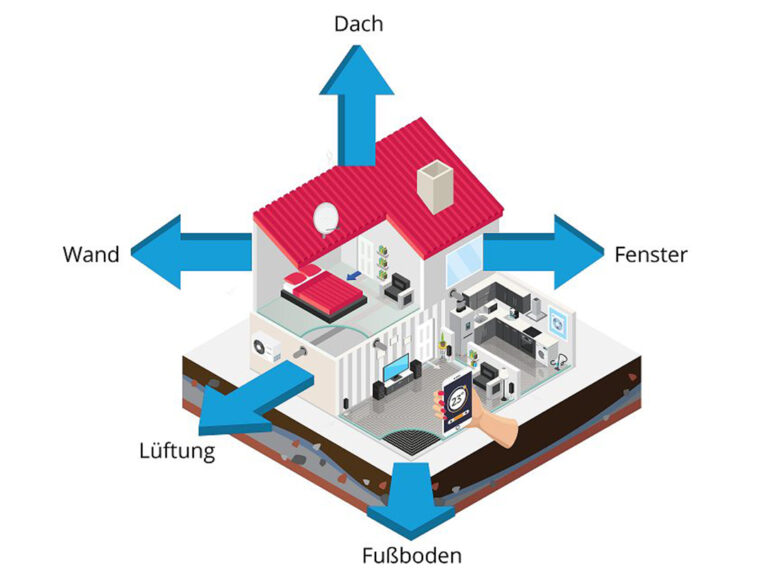Heating load calculation according to DIN EN 12831: Efficient heat demand determination for buildings

Heating load calculation according to DIN EN 12831: Efficient heat demand determination for buildings
Introduction: The heating load calculation is an essential step in the planning and design of heating systems for buildings. A precise heating load calculation enables the correct dimensioning of radiators, heating systems and the selection of the appropriate heat source. DIN EN 12831 is a European standard that specifies detailed requirements and procedures for the heating load calculation. In this article we will give an overview of the heating load calculation according to DIN EN 12831.
Importance of the heating load calculation: A correct heating load calculation is crucial for accurately determining the heat demand of a building. This enables an efficient and economical design of the heating system. An oversized heating system leads to unnecessarily high investment costs and increased energy consumption, while an undersized system leads to inadequate heat supply and a loss of comfort.
Basics of DIN EN 12831: DIN EN 12831 defines clear guidelines for calculating the heating load. It takes into account various factors such as the outside temperature, the heat transfer coefficients of the building envelope, the internal heat gains, the air exchange rate and other influencing variables. The standard also specifies various methods for calculating the heating load, including the degree day method and the heating load equation method.
Degree day method: This method is based on the assumption that the heat requirement of a building correlates linearly with the outside temperature. The average outside temperatures are multiplied by the heating degree days to determine the annual heating requirement. This method provides a rough estimate of the heating load, but is less accurate than the heating load equation method.
Heating load equation method: The heating load equation is the most precise method for calculating the heating load and is based on detailed physical calculations. It takes into account losses due to heat transfer through components, ventilation heat losses, internal heat gains and other factors. The calculation is usually carried out using specialised software that solves the complex mathematical equation.
Implementation of DIN EN 12831 in practice: The heating load calculation according to DIN EN 12831 requires detailed knowledge of the building and its thermal properties. The building plans, data on thermal insulation, ventilation systems and other information are required to carry out accurate calculations. The use of specialised software facilitates the process and provides accurate results.
Conclusion: The heating load calculation according to DIN EN 12831 is an important step in the planning of heating systems for buildings. Accurate calculations can be used to determine the heat requirement precisely, which leads to an efficient and economical design of the heating system. The use of specialised software solutions and cooperation with experts facilitate the implementation of the standard and ensure optimal results. A careful heating load calculation not only contributes to energy savings, but also to the comfort and well-being of the building users.

